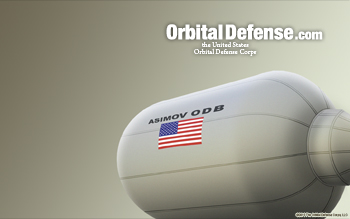
|


|
| All content on this website is fictitious. Read the disclaimer for more info. | ©2011-2024 The Orbital Defense Corps, LLC. |





disclaimer • terms • privacy • copyright
 |

